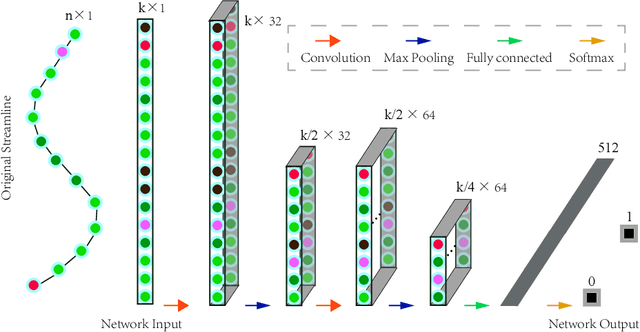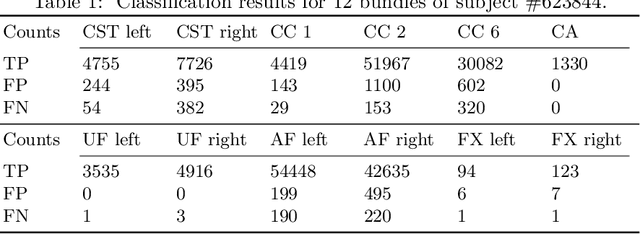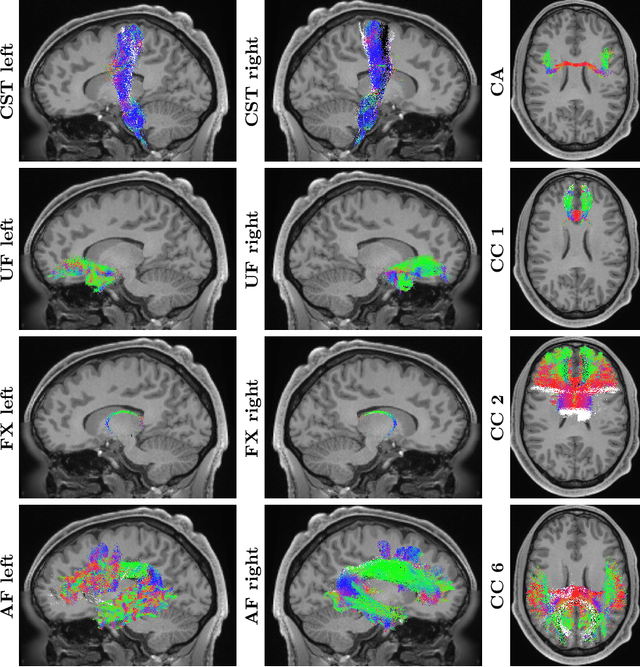Yoonmi Hong
Multifold Acceleration of Diffusion MRI via Slice-Interleaved Diffusion Encoding (SIDE)
Feb 25, 2020



Abstract:Diffusion MRI (dMRI) is a unique imaging technique for in vivo characterization of tissue microstructure and white matter pathways. However, its relatively long acquisition time implies greater motion artifacts when imaging, for example, infants and Parkinson's disease patients. To accelerate dMRI acquisition, we propose in this paper (i) a diffusion encoding scheme, called Slice-Interleaved Diffusion Encoding (SIDE), that interleaves each diffusion-weighted (DW) image volume with slices that are encoded with different diffusion gradients, essentially allowing the slice-undersampling of image volume associated with each diffusion gradient to significantly reduce acquisition time, and (ii) a method based on deep learning for effective reconstruction of DW images from the highly slice-undersampled data. Evaluation based on the Human Connectome Project (HCP) dataset indicates that our method can achieve a high acceleration factor of up to 6 with minimal information loss. Evaluation using dMRI data acquired with SIDE acquisition demonstrates that it is possible to accelerate the acquisition by as much as 50 folds when combined with multi-band imaging.
DeepBundle: Fiber Bundle Parcellation with Graph Convolution Neural Networks
Jun 07, 2019



Abstract:Parcellation of whole-brain tractography streamlines is an important step for tract-based analysis of brain white matter microstructure. Existing fiber parcellation approaches rely on accurate registration between an atlas and the tractograms of an individual, however, due to large individual differences, accurate registration is hard to guarantee in practice. To resolve this issue, we propose a novel deep learning method, called DeepBundle, for registration-free fiber parcellation. Our method utilizes graph convolution neural networks (GCNNs) to predict the parcellation label of each fiber tract. GCNNs are capable of extracting the geometric features of each fiber tract and harnessing the resulting features for accurate fiber parcellation and ultimately avoiding the use of atlases and any registration method. We evaluate DeepBundle using data from the Human Connectome Project. Experimental results demonstrate the advantages of DeepBundle and suggest that the geometric features extracted from each fiber tract can be used to effectively parcellate the fiber tracts.
 Add to Chrome
Add to Chrome Add to Firefox
Add to Firefox Add to Edge
Add to Edge